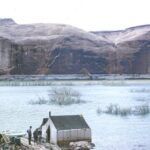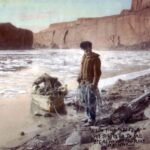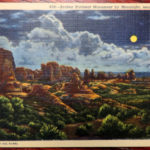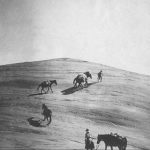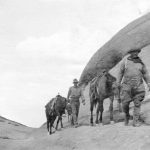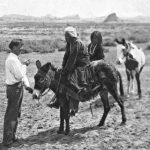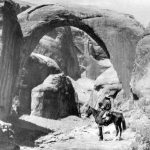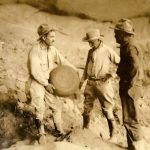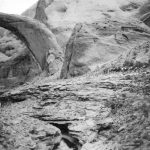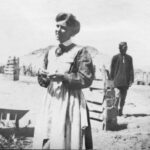
“The person who seems to be influencing the life of Navajos most is Mrs. John Wetherill of the Kayenta trading post, Arizona. This cultured woman wields more power among them than any chief, or ‘head man’. She is a white woman adopted into the tribe and is a real leader among them, holding her position as a recognition by the Indians of her sympathetic interest in their life. A queen could hardly be more loved by her subjects. She is at once the judge, physician, interpreter, adviser and best friend of her devoted wards.”
Joseph F. Anderson, Archaeology student of University of Utah Professor Byron Cummings

